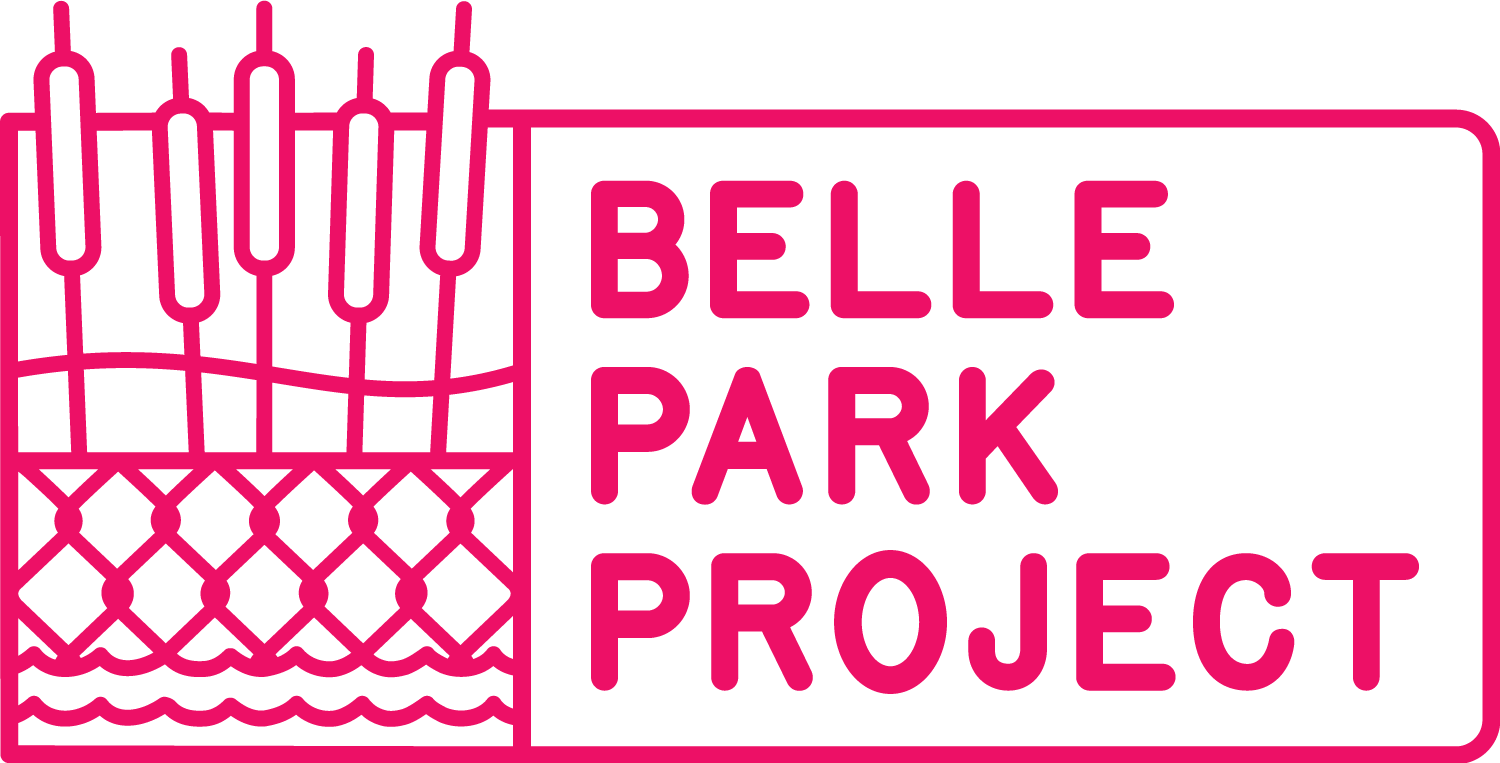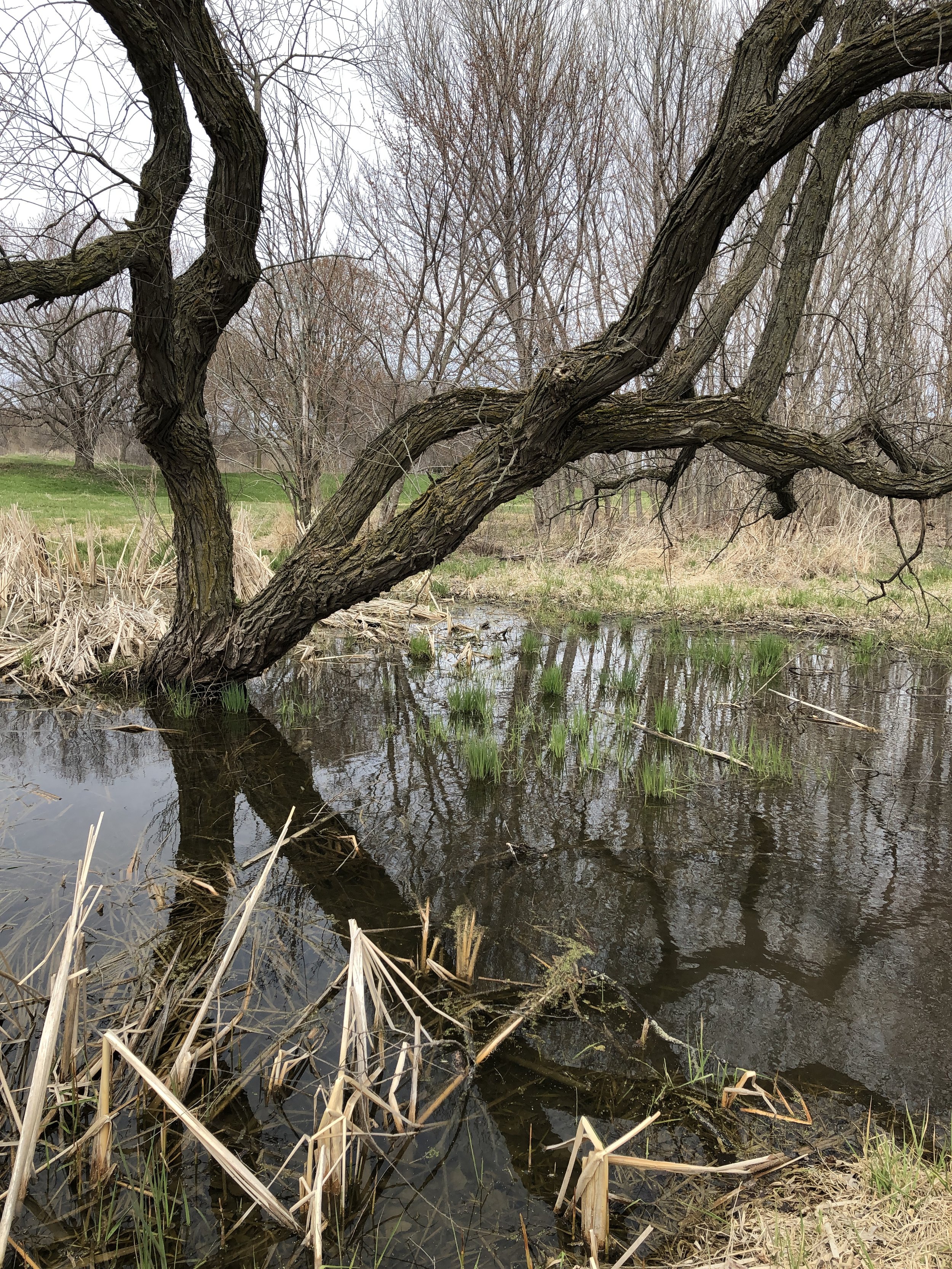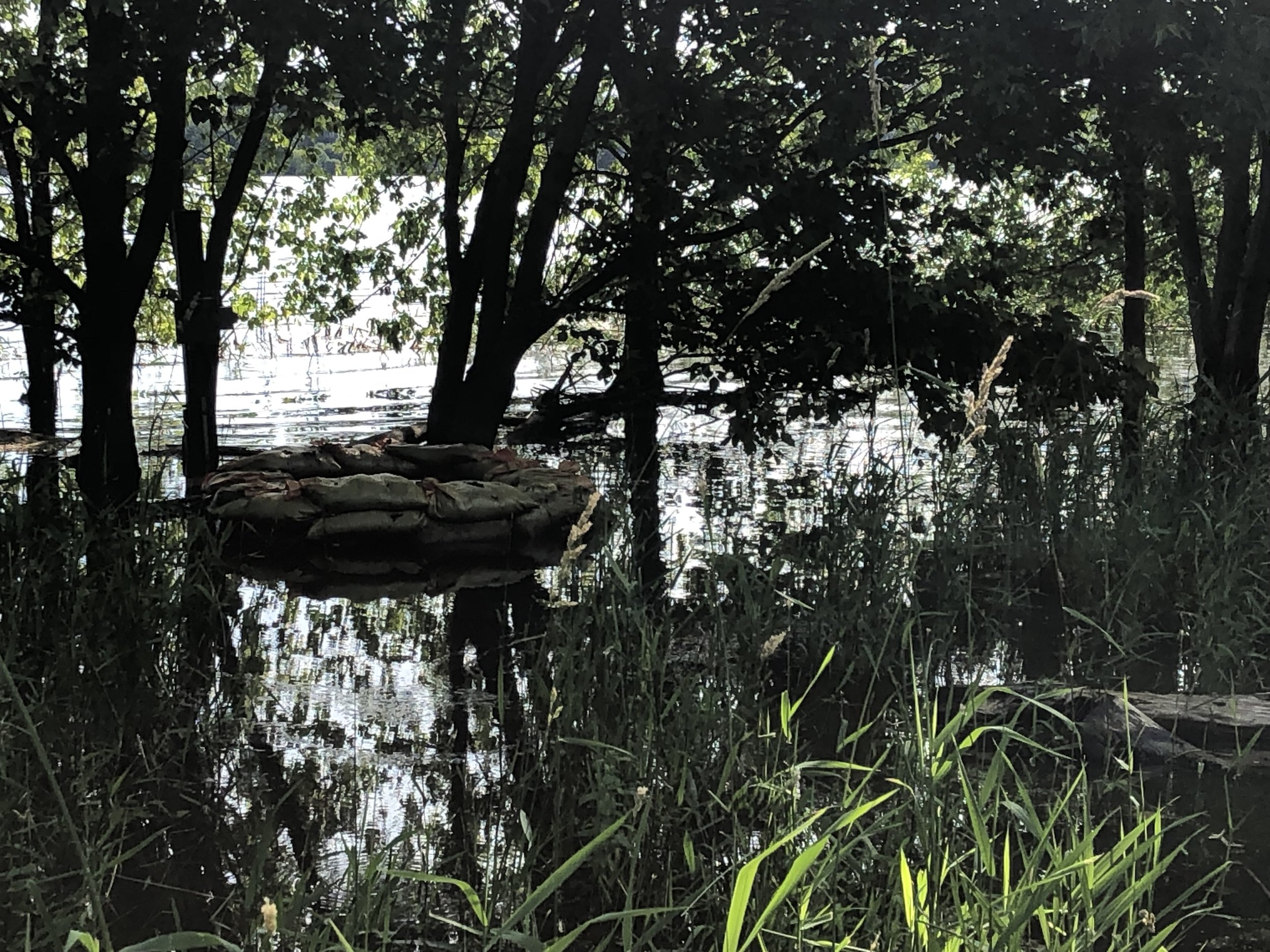Wet Places Getting Wetter: Witnessing Sumas Lake from Belle Park
“The land is speaking to us and we need to listen.”
Chief Stewart of the Union of BC Indian Chiefs (UBCIC)
19 November 2021, APTN National News
In a world shaped by climate change, dry places get drier and wet places get wetter. Extreme flood events, like the one in British Columbia that has just displaced thousands of people, happen more frequently. Pumps can’t pump fast enough. Ghost lakes return and rivers rise.
Thirty years ago, I was immersed in an oral history and archival project entitled Openings about Sumas Lake, the fish-filled lake in Stó:lō Territory, BC’s Lower Fraser Valley, that was pumped dry in the early 1920s to make agricultural land for settlers. Today, the lake is back — or at least one can say its waters have come back. For some, the experience is terrifying and disastrous. But for those who have long histories with this place, Sumas Lake’s ghostly return also recalls beloved swimming beaches as well as its former biodiversity and name, Semá:th Xo:tsa. As my swimmer-friend Wendy commented on Facebook, it was just a matter of time.
“Xwelitem” is the word for settlers in the Stó:lō language of Halq’emeylem. It literally means “hungry ones.” Sumas Lake appears in You Are Asked to Witness, a 1997 high school level curriculum book that I worked on for Stó:lō Nation as a witnessing Xwelitem after writing my book. As I write now, trying to remain attentive from far-away Ontario, the Sumas lakebed holds the flooding Nooksack and Sumas Rivers. The massive Xwelitem pumps that have worked 24/7 to keep the lake bottom dry this last century are no match for these rivers when it comes to the crunch, technological or meteorological. The waters will go where they need to go.
"Our hearts go out to all our neighbours around us," said Chief Dalton Silver of Sumas First Nation to the CBC News reporter last week. His people have long known how to live with lakes and wetlands, even building platform dwellings out in the lake. In January 1915, as lake drainage schemes advanced, the Sumas Chief (Selesmlton) Ned stated publicly that draining the lake would cause starvation for his people “because the lake is one of the greatest spawning grounds there is” (Cameron 33). Last week, Chief Silver echoed over a century of clearly stated concerns when he said, “They never should have drained that lake in the first place. We say through our teachings that that’s always something that will come back and haunt you.”
In the last few years, flood events in Kingston have also become more frequent. I recall being grateful for my high boots as we waded through Belle Park in June of 2019. This followed a flood just two years earlier also caused by water management throughout the St. Lawrence Seaway system: fish were on the fairways of the golf course and the water stayed in place for weeks.
But if one place is wet, another can be dry. Wetlands in Kingston’s Inner Harbour — even the human-transformed Belle Park — may be vitally important for future flood mitigation. Wetlands allow river surges or the effects of a rising Lake Ontario to be less drastic, giving water space to spread out and replenish the land beneath. At the same time, wetlands protect the places where people live and work, and provide habitat for all sorts of more-than-human life: turtles, muskrats, swans. The former tannery lands/wetlands just south of the park contain 1800 plus units of free flood abatement infrastructure — in the form of the trees currently slated to be clear-cut for a condo development.
Communities around the world are now preparing for increased flooding. For many it has been about paying attention over the long and short terms and starting conversations about the value of wetlands. The famous Fens of England, continuously drained since the 17th century, are in several places being returned to watery form. In BC, rancher John Anderson is learning to embrace the river as neighbour and give it space. The drained Sumas Lake was both lake and wetland. Could settlers learn not to be so “hungry” for things we throw away, for real estate, and for industrial agriculture? The infilled Belle Park was a wetland. Will – or should – these be lands be wet more of the time from now on? Maybe in witnessing, we are finding that is not up for humans alone to decide anymore — and really, it never was. Uncomfortable but necessary conversations lie ahead. And as we learn to listen to one another, may rivers and wetlands be our teachers.
— thanks to Belle Park collaborators for generously sharing their creativity and time: Laura Murray (editing and photographs), Dorit Naaman (photographs), and Mary Louise Adams and Matt Rogalsky (flood memories and feedback). All photographs in this post were taken in 2019 in Belle Park.
Resources
Sumas First Nation http://www.sumasfirstnation.com/
Laura Jean Cameron, Openings: A Meditation on History, Method, and Sumas Lake. McGill-Queen’s University Press, 1997.
Intergovernmental Panel on Climate Change Press Release, 9 August 2021: Climate change widespread, rapid, and intensifying.
Canadian Institute for Climate Choices & Smart Prosperity Institute: Wetlands Can Be Infrastructure, Too.
Blog and other resources from Brock University UNESCO MEOPAR Chair in Community Sustainability, including Wetlands: our natural flood protection partner.
Nature Conservancy of Canada, The Superheroes of Flood Control.
Ontario Investing in Significant Wetland Restoration Projects, June 2021.




